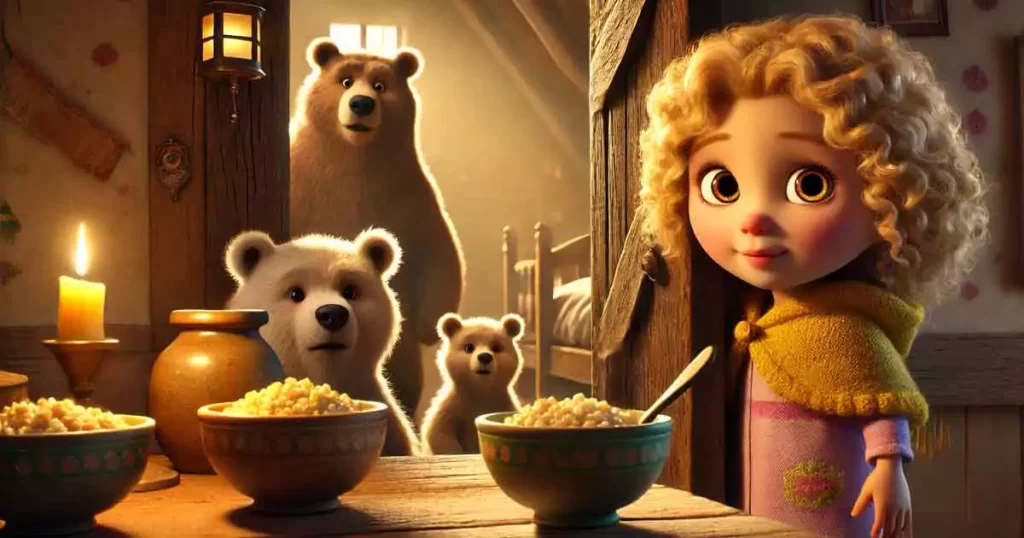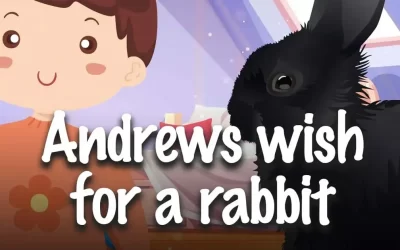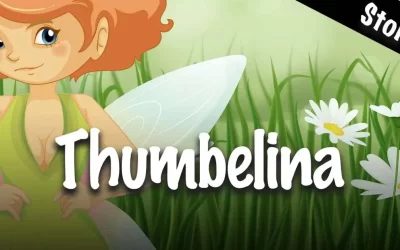Introduction
In the deep forest, where fairy tales come to life, a little girl named Goldilocks stumbled upon a mysterious house. With a heart full of curiosity and a stomach rumbling with hunger, Goldilocks embarks on an unforgettable journey. An adventure where “too much” and “too little” find the perfect balance awaits to unfold.
Watch more bedtime stories on our YouTube channel.
The Story
Once upon a time, there was a little girl named Goldilocks. She went for a walk in the forest and soon came across a house. She knocked on the door, but when no one answered, she walked right in.
At the table in the kitchen, there were three bowls of porridge. Goldilocks was hungry. She tasted the porridge from the first bowl.
“This porridge is too hot!” she exclaimed.
So she tasted the porridge from the second bowl.
“This porridge is too cold,” she said.
Then she tasted the last bowl of porridge.
“Ahhh, this porridge is just right,” she said happily, and she ate it all up.
After she had eaten the three bears’ breakfast, she felt a little tired. So she went into the living room where she saw three chairs. Goldilocks sat in the first chair to rest.
“This chair is too big!” she exclaimed.
So she sat in the second chair.
“This chair is too big, too!” she whimpered.
Then she tried the last and smallest chair.
“Ahhh, this chair is just right,” she thought. But just as she settled down into the chair to rest, it broke into pieces!
Goldilocks was very tired by this time, so she went upstairs to the bedroom. She lay down in the first bed, but it was too hard. Then she lay in the second bed, but it was too soft. Then she lay in the third bed, and it was just right. Goldilocks fell asleep.
As she slept, the three bears, who lived in the house, came home.
“Someone’s been eating my porridge,” growled the Papa Bear.
“Someone’s been eating my porridge,” said the Mama Bear.
“Someone’s been eating my porridge, and they ate it all up!” cried the Baby Bear.
“Someone’s been sitting in my chair,” growled the Papa Bear.
“Someone’s been sitting in my chair,” said the Mama Bear.
“Someone’s been sitting in my chair, and they’ve broken it into pieces,” cried the Baby Bear.
The bears decided to look around some more, and when they got upstairs to the bedroom, Papa Bear growled,
“Someone’s been sleeping in my bed.”
“Someone’s been sleeping in my bed,” said the Mama Bear.
“Someone’s been sleeping in my bed, and she’s still there!” exclaimed the Baby Bear.
Just then, Goldilocks woke up. She saw the three bears.
She screamed, “Help!”
She jumped up and ran out of the room. Goldilocks ran down the stairs, opened the door, and fled into the forest.
She never returned to the home of the three bears.
The end….

What is the Moral of Goldilocks?
Respect for Others’ Property: The most obvious moral of the story is the importance of respecting others’ property. Goldilocks enters the bears’ house uninvited and uses their belongings without permission. This leads to negative consequences, like breaking a chair or getting a frightening surprise when the bears return home.
Moderation: Goldilocks tries different foods and chairs until she finds the one that is “just right.” This can be interpreted as a lesson on the value of moderation and avoiding extremes.
Consequences of Curiosity: While curiosity is often a virtue, it can also have negative consequences if not properly managed. Goldilocks’ curiosity leads her to a house that does not belong to her, resulting in unfortunate events.
Search for Comfort: Another interpretation is that the story reflects the human quest for comfort. Goldilocks tries to find the most comfortable option—the best porridge, the best chair, the best bed. However, as the story teaches, the best comfort often comes from what is “just in the middle”—not too much, not too little.
Remember that the interpretation of these moral lessons can vary based on cultural differences and personal viewpoints.
Who Wrote Goldilocks and the Three Bears?
“Goldilocks and the Three Bears” is a traditional folktale that does not have a single known author. The story was first recorded in literary form in the United Kingdom in the 19th century, and it has had many different variations over the years.
The earliest known version of the story was written down by the British author and poet Robert Southey and was published in his book “The Doctor” in 1837. In this version, the main character was an old, ill-mannered woman instead of a young girl. The “Goldilocks” figure was introduced in later versions of the story.
Since this is a folktale, it evolved and changed through oral tradition over many years before it was written down. So, while Southey was the first to write down the story, he is not necessarily the “author” of the story in the sense we usually think of it.


